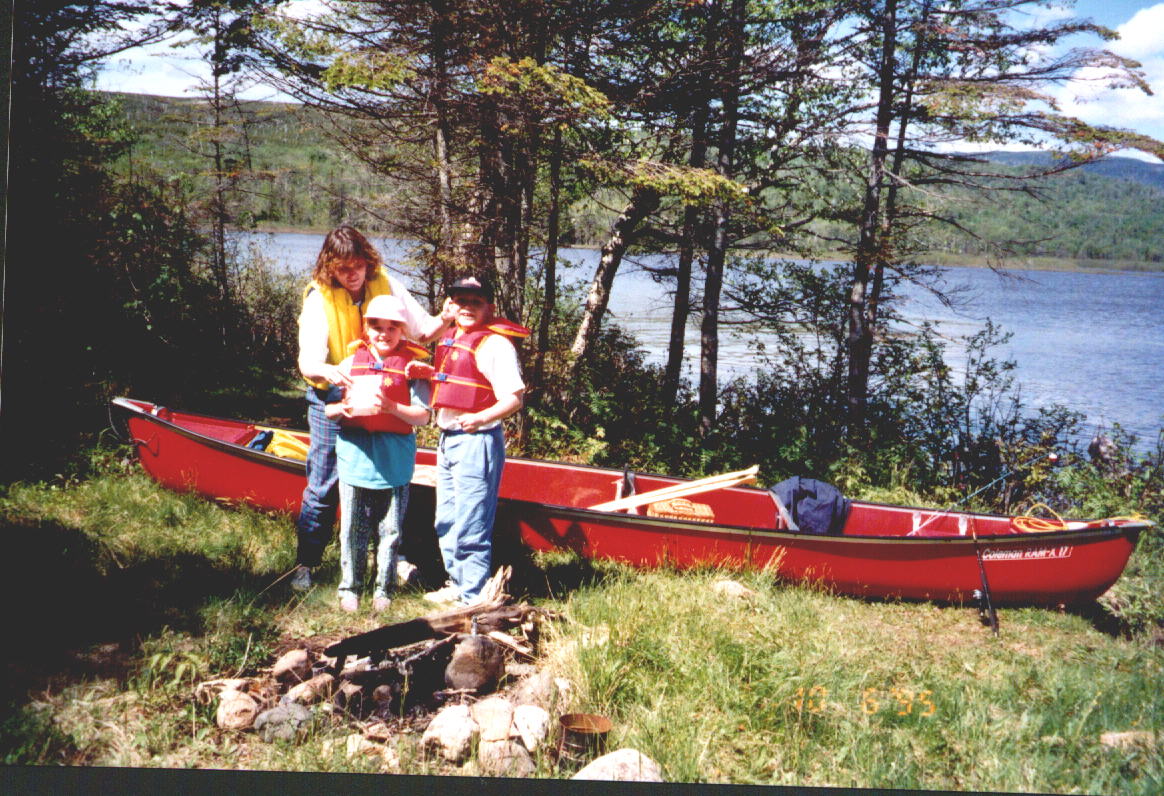
Common Sense Things To Do For Boat Safety
DO
DO
- Wear a lifejacket or PFD approved by Transport Canada
- Head for the nearest safe anchorage or landing when a storm threatens. Avoid the temptation to buck it.
- Slow down when passing rowboats and canoes, especially in narrow waters.
- Give your float plan to a responsible person.
- Assist any boat in distress. Watch for distress signals. If in doubt about a signal you have seen, investigate.
- Slow down when passing an area where divers may be working.
- Keep the bilges clean and free of oil, gasoline and rags. Vent any enclosed areas into the open air.

- Check the battery and its ventilation.
- Before starting an outboard motor, make sure it is set in neutral and in straight-ahead position. A motor started in gear can cause a small boat to turn suddenly and capsize.
- Keep some spare clothing in a watertight plastic bag, plus a flashlight, whistle, knife, adequate first aid kit and emergency rations.
- Have on board the safety equipment.
- Carry an anchor and a sufficient length of cable, rope or chain(at least five times the average anchorage depth). Be sure that the inboard end of the line is fastened securely.
- (FOR CHILDREN) Always wear a PFD near water.
 ���
���
 ���
���
 ���
���
 ���
���

|

 ���
���
 ���
���
 ���
���
 ���
���



 ���
���
 ���
���
 ���
���
 ���
���
